Strongyloides parasite in puppies
Strongyloides Parasite In Puppies. It is thought that each species of host is infected by a different strain or variety of the parasite. In cats Strongyloides tumefasciens infestation in cats can be assymptomatic or can cause debilitation and chronic diarrhea of the large-bowel type primarily. Parasitic nematodes strongyloides is commonly known as threadworms or pinworms and infections range from mild to severe and some may go undetected. It is thought that each species of host eg cat or dog is infected by a different strain or variety of the parasite.
 Pdf First Case Of Strongyloides Stercoralis Infection In A Dog In The Republic Of Macedonia Semantic Scholar From semanticscholar.org
Pdf First Case Of Strongyloides Stercoralis Infection In A Dog In The Republic Of Macedonia Semantic Scholar From semanticscholar.org
In cats Strongyloides tumefasciens infestation in cats can be assymptomatic or can cause debilitation and chronic diarrhea of the large-bowel type primarily. Strongyloides can be transferred to puppies through the mothers milk but most infections result after direct exposure to feces from other infected animals. In dogs Strongyloides stercoralis infestations mostly a problem in puppies may be assymptomatic or cause serious illness including bronchopneumonia and severe watery diarrhea. It is thought that each species of host is infected by a different strain or variety of the parasite. Infection may be obstructed via many factors. Dogs may be infected without showing symptoms but for puppies and dogs with a weakened immune system the disease can be serious and even fatal.
Larvae migrate via the.
Strongyloidiasis is a disease caused by a nematode or a roundworm in the genus StrongyloidesThough there are over 40 species within this genus that can infect birds reptiles amphibians livestock and other primates Strongyloides stercoralis is the primary species that accounts for human diseaseIt sometimes infects primates dogs and cats and. Infection may be obstructed via many factors. Strongyloides can be transferred to puppies through the mothers milk but most infections result after direct exposure to feces from other infected animals. This paper reviews the occurrence and impact of threadworms Strongyloides spp in companion animals and large livestock the potential zoonotic implications and future research. It is concluded that strongyloidiasis is an uncommon infectious disease in puppies in Brazil capable of causing severe respiratory and gastrointestinal changes that result in the death of animals with a high parasitic load and should be included in the differential diagnosis of diseases that affect the respiratory system and gastrointestinal tract of dogs. Intestinal threadworm Strongyloides stercoralis is a parasite of dog cat and primates that occurs worldwide being most prevalent in tropical and subtropical countries.
 Source: msdvetmanual.com
Source: msdvetmanual.com
Strongyloides are tiny worms that burrow in the small intestine causing diarrhea which is sometimes bloody. Canis 48 and other parasites commonly found in puppy feces 13 Stronglyloides spp Trichuris vulpis and Isospora spp. The worms are almost transparent and all but impossible to see grossly at necropsy. Strongyloides are parasites of carnivores and man. In dogs Strongyloides stercoralis infestations mostly a problem in puppies may be assymptomatic or cause serious illness including bronchopneumonia and severe watery diarrhea.
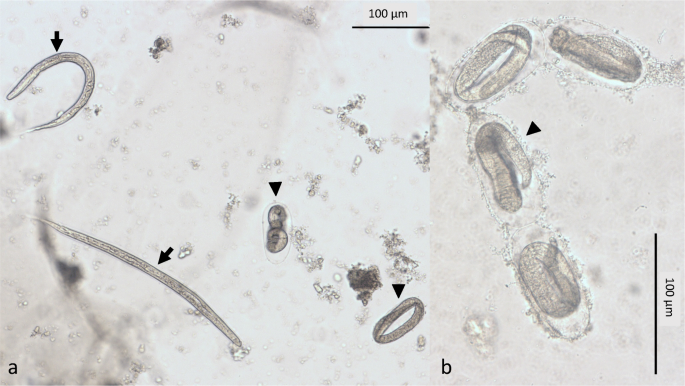 Source: link.springer.com
Source: link.springer.com
The adult parasitic worm is about 2 mm long and slender. Canis 48 and other parasites commonly found in puppy feces 13 Stronglyloides spp Trichuris vulpis and Isospora spp. Veterinarians define this as strongyloidiasis infection. Strongyloidiasis is a disease caused by a nematode or a roundworm in the genus StrongyloidesThough there are over 40 species within this genus that can infect birds reptiles amphibians livestock and other primates Strongyloides stercoralis is the primary species that accounts for human diseaseIt sometimes infects primates dogs and cats and. In this parasitological survey we used direct saline fecal smears.
 Source: researchgate.net
Source: researchgate.net
Also make sure your dog does not lick the mixture as ingesting Borax can be harmful. Case presentation Strongyloides stercoralis infection was diagnosed in autopsy in a 10-week-old puppy born and raised in a Finnish kennel. The adult parasitic worm is about 2 mm long and slender. Canis is the canine intestinal threadworm and S. The intersections indicate the occurrence of polyparasitism.
 Source: researchgate.net
Source: researchgate.net
The adult parasitic worm is about 2 mm long and slender. In cats Strongyloides tumefasciens infestation in cats can be assymptomatic or can cause debilitation and chronic diarrhea of the large-bowel type primarily. Strongyloides stercoralis is a threadworm whose adult females parasitize the small intestine of mammals causing severe clinical presentations in immunosuppressed animals and puppies. Strongyloidiasis is a disease caused by a nematode or a roundworm in the genus StrongyloidesThough there are over 40 species within this genus that can infect birds reptiles amphibians livestock and other primates Strongyloides stercoralis is the primary species that accounts for human diseaseIt sometimes infects primates dogs and cats and. Tumefaciensis the feline intestinal threadworm.
 Source: link.springer.com
Source: link.springer.com
Infect a range of domestic animal species worldwide and clinical disease is most often encountered in young animals. Infect a range of domestic animal species worldwide and clinical disease is most often encountered in young animals. Strongyloides stercoralis infects dogs and other animals by third-stage larval penetration of the skin or mucous membranes. It is thought that each species of host is infected by a different strain or variety of the parasite. In reptiles and amphibians clinical signs of anorexia weight loss blood or mucus in the feces vomiting green discoloration to the urates or midbody to caudal swellings of the body may be suggestive of infection with Entamoeba invadans.
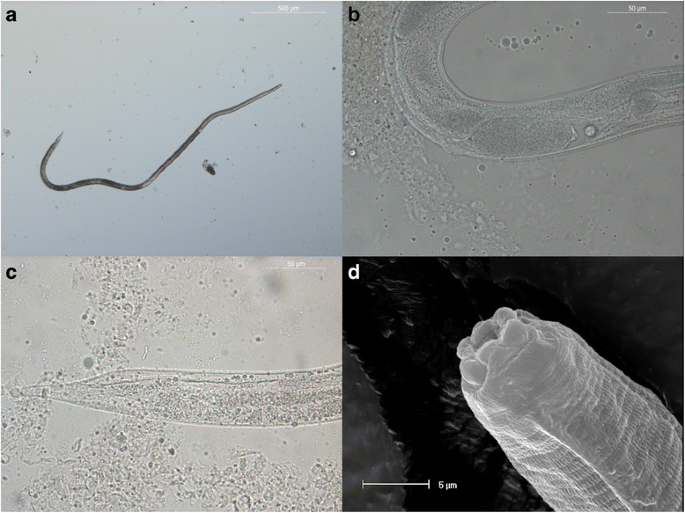 Source: parasitesandvectors.biomedcentral.com
Source: parasitesandvectors.biomedcentral.com
Strongyloides stercoralis is a small slender nematode that when fully mature is 2 mm long located at the base of the villi in the anterior half of the small intestine of dogs and cats. An apple cider vinegar bath can help get rid of the mange mites. The adult parasitic worm is about 2 mm long and slender. In reptiles and amphibians clinical signs of anorexia weight loss blood or mucus in the feces vomiting green discoloration to the urates or midbody to caudal swellings of the body may be suggestive of infection with Entamoeba invadans. Parasitic roundworms of the genus strongyloides known colloquially as threadworms can live in both dogs and humans.
 Source: semanticscholar.org
Source: semanticscholar.org
The infection can be transmitted from dogs to humans and vice versa. Strongyloides are tiny worms that burrow in the small intestine causing diarrhea which is sometimes bloody. Veterinarians define this as strongyloidiasis infection. It is thought that each species of host eg cat or dog is infected by a different strain or variety of the parasite. Sometimes the immature larva can migrate through the skin causing a skin rash.
 Source: petcoach.co
Source: petcoach.co
It possesses both parasitic and. It possesses both parasitic and. Strongyloides stercoralis is a threadworm whose adult females parasitize the small intestine of mammals causing severe clinical presentations in immunosuppressed animals and puppies. The adult parasitic worm is about 2 mm long and slender. The worms are almost transparent and all but impossible to see grossly at necropsy.
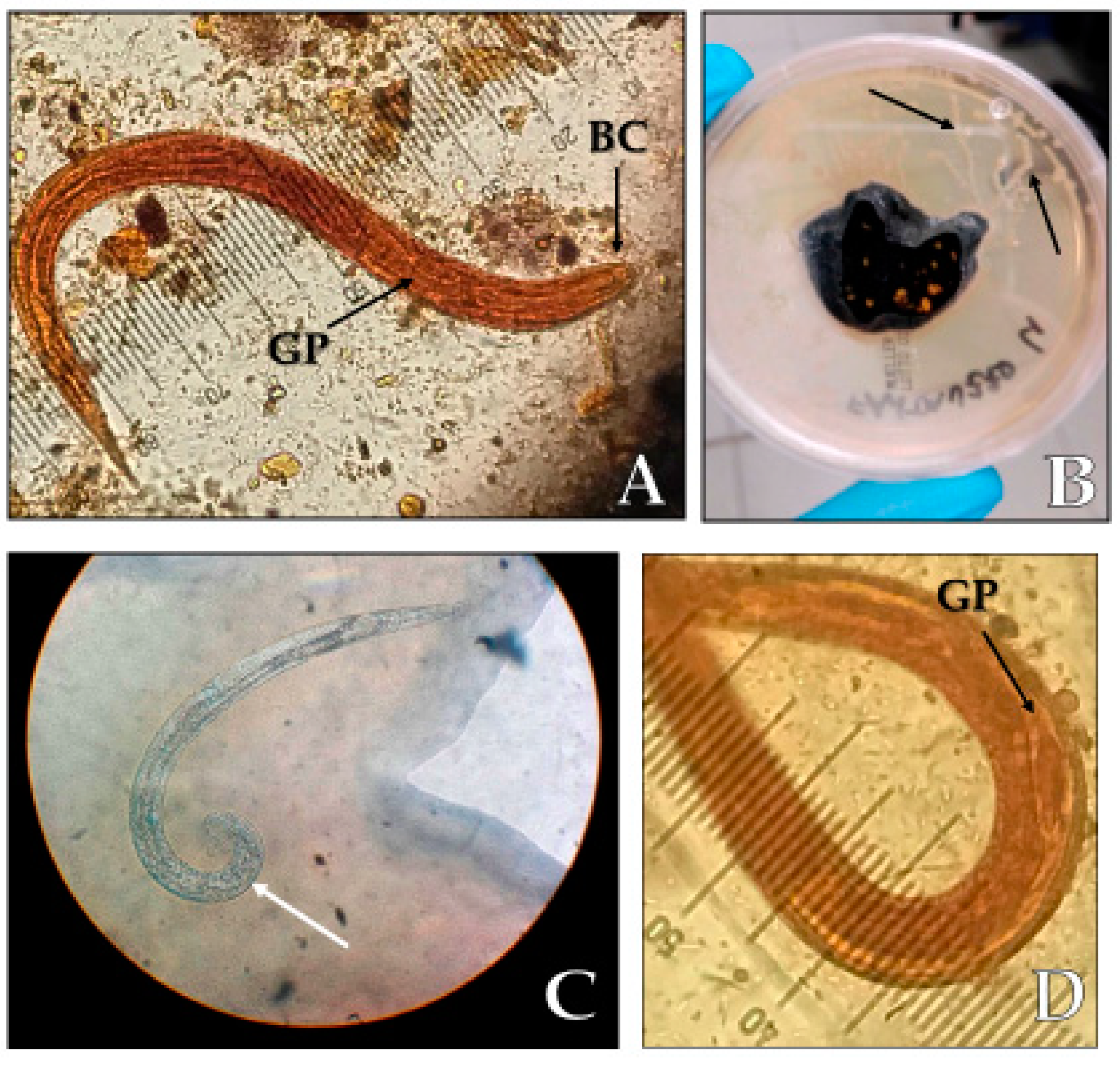 Source: mdpi.com
Source: mdpi.com
It is thought that each species of host is infected by a different strain or variety of the parasite. The adult parasitic worm is about 2 mm long and slender. Strongyloides are tiny worms that burrow in the small intestine causing diarrhea which is sometimes bloody. Parasitic roundworms of the genus strongyloides known colloquially as threadworms can live in both dogs and humans. Infect a range of domestic animal species worldwide and clinical disease is most often encountered in young animals.
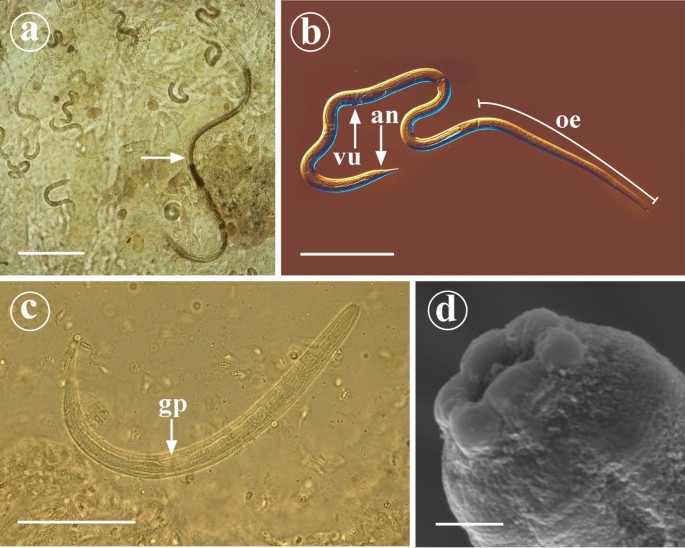 Source: actavetscand.biomedcentral.com
Source: actavetscand.biomedcentral.com
Strongyloides are parasites of carnivores and man. It is thought that each species of host is infected by a different strain or variety of the parasite. Strongyloides are parasites of carnivores and man. Be sure the Borax is fully dissolved before sponging the mixture on your dogs skin and coat. Intestinal threadworm Strongyloides stercoralis is a parasite of dog cat and primates that occurs worldwide being most prevalent in tropical and subtropical countries.
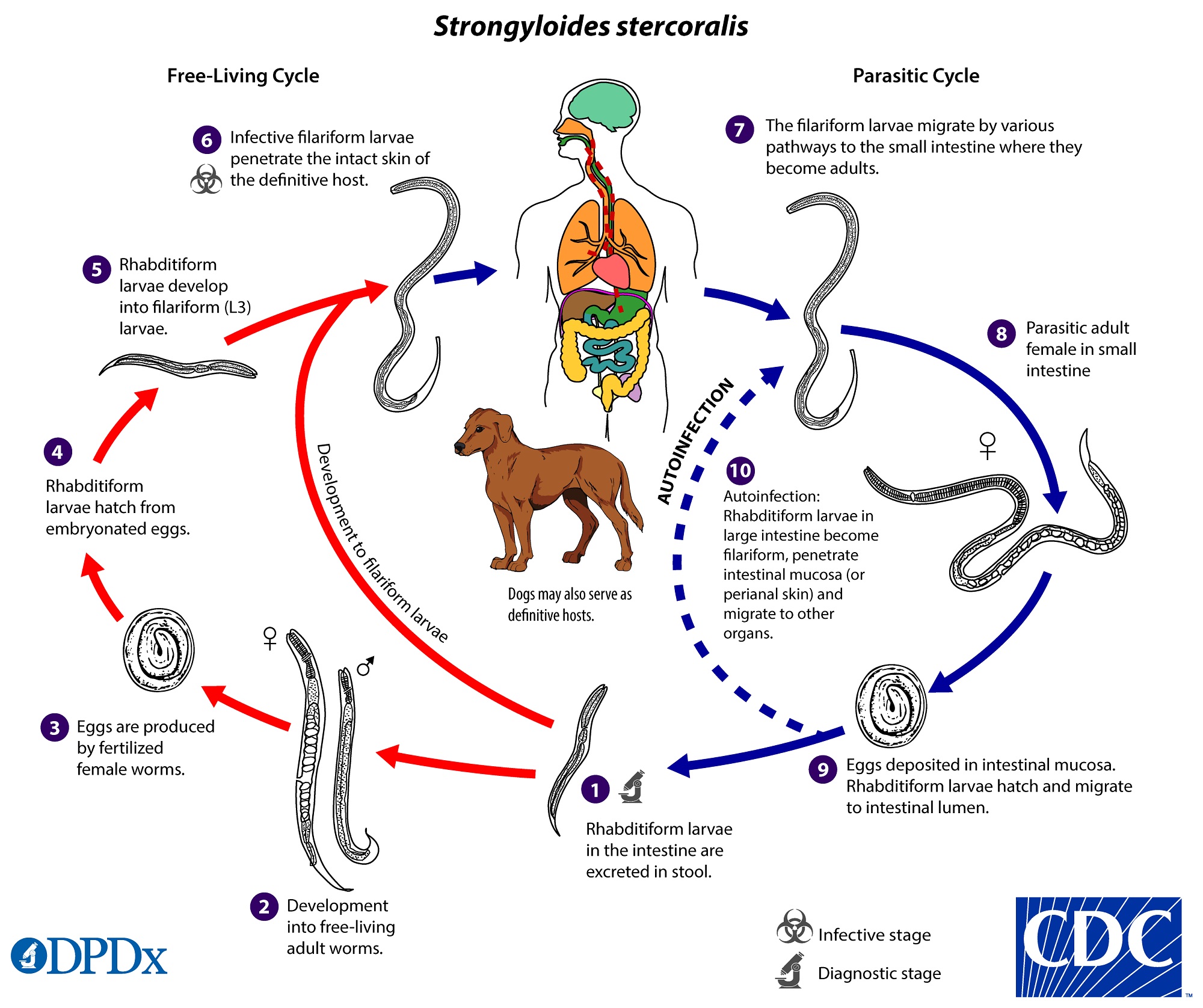 Source: cdc.gov
Source: cdc.gov
Veterinarians define this as strongyloidiasis infection. Parasitic nematodes strongyloides is commonly known as threadworms or pinworms and infections range from mild to severe and some may go undetected. In dogs Strongyloides stercoralis infestations mostly a problem in puppies may be assymptomatic or cause serious illness including bronchopneumonia and severe watery diarrhea. Larvae migrate via the. The intersections indicate the occurrence of polyparasitism.
 Source: researchgate.net
Source: researchgate.net
It is thought that each species of host eg cat or dog is infected by a different strain or variety of the parasite. The intersections indicate the occurrence of polyparasitism. The worms are almost transparent and all but impossible to see grossly at necropsy. Canis is the canine intestinal threadworm and S. Infection may be obstructed via many factors.
If you find this site good, please support us by sharing this posts to your preference social media accounts like Facebook, Instagram and so on or you can also save this blog page with the title strongyloides parasite in puppies by using Ctrl + D for devices a laptop with a Windows operating system or Command + D for laptops with an Apple operating system. If you use a smartphone, you can also use the drawer menu of the browser you are using. Whether it’s a Windows, Mac, iOS or Android operating system, you will still be able to bookmark this website.





